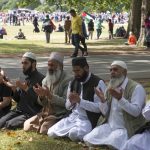9 May, 2015
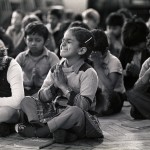
‘Photo man’ Tim Smith – a contributor to 100 Images of Migration – looks back on 30 years of looking in on other people’s lives
Dolphin Street consists of 200 metres of unremarkable two-up, two-down terraces in Newport, South Wales. I moved there in 1982 because the rent was cheap, and I’d enrolled to study documentary photography at the local college of art. I was excited by the possibilities that the course offered, but unimpressed with my new surroundings next to the muddy River Usk. Overlooked by a large Victorian primary school, Dolphin Street’s most notable features were the pub that sat on the corner with the main drag down to the nearby docks, and the Yemeni café next door.
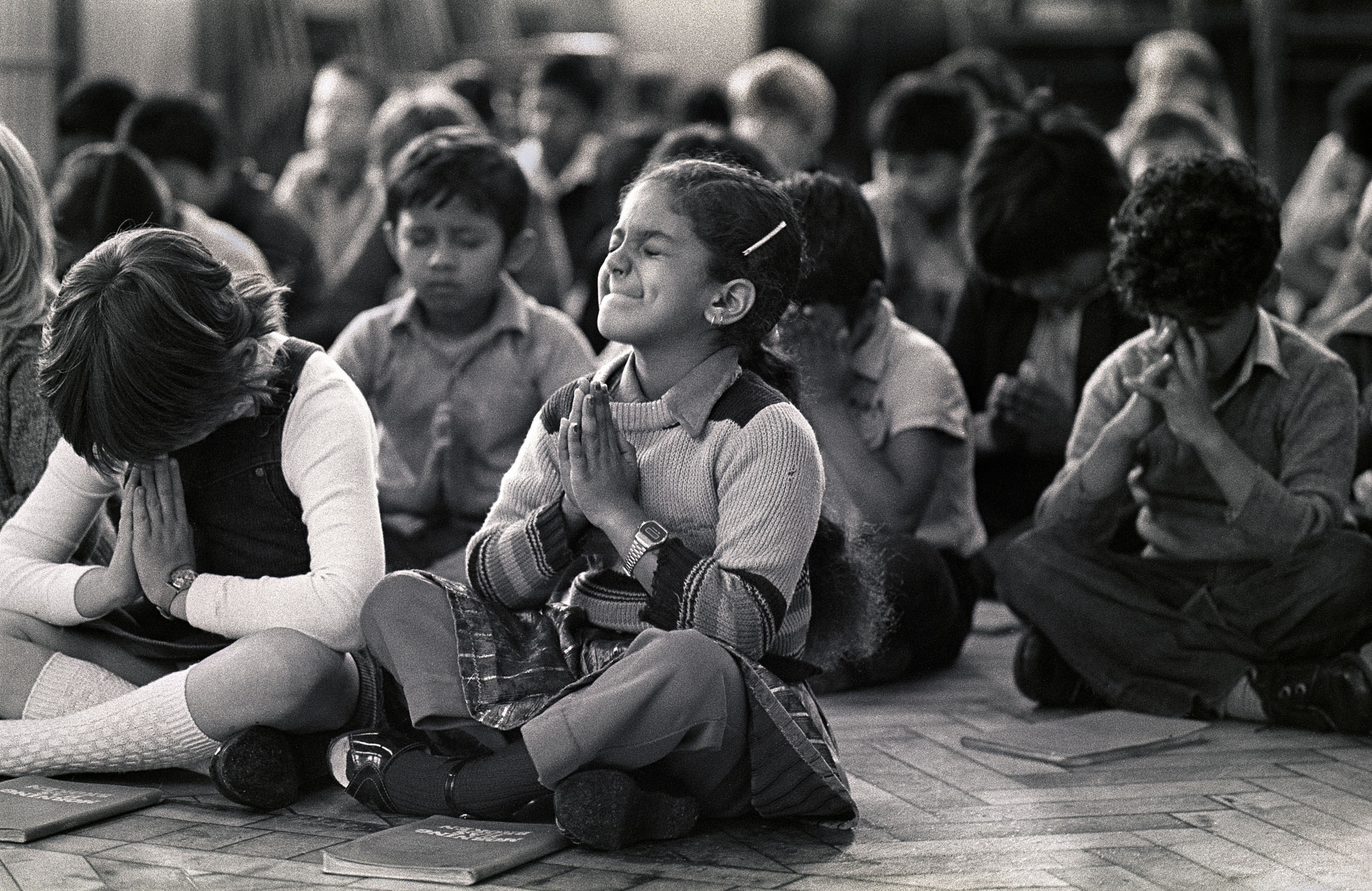
A young Yemeni girl at school assembly in the docklands area of Newport, 1982.
It was the best move I ever made. The dockland area was full of rows of outwardly nondescript streets similar to mine, but home to people with extraordinary life stories that connected Newport to the rest of the world. Local coal had once fuelled ships ferrying cargo all over the globe, with crews hired in Kingston and Karachi, Aden and Bombay. Once docked in Newport, many sailors had to find a new ship to work on, and between voyages they stayed in boarding houses, such as the rooms above the Yemeni café. Some also found jobs ashore, and were later joined by their families. My neighbours in Dolphin Street included several Yemeni families, as well as people from islands across the Caribbean, from India, Pakistan, Bangladesh, Mauritius and China, as well as the Welsh, Scots and Irish. A houseful of English students was hardly noticed.
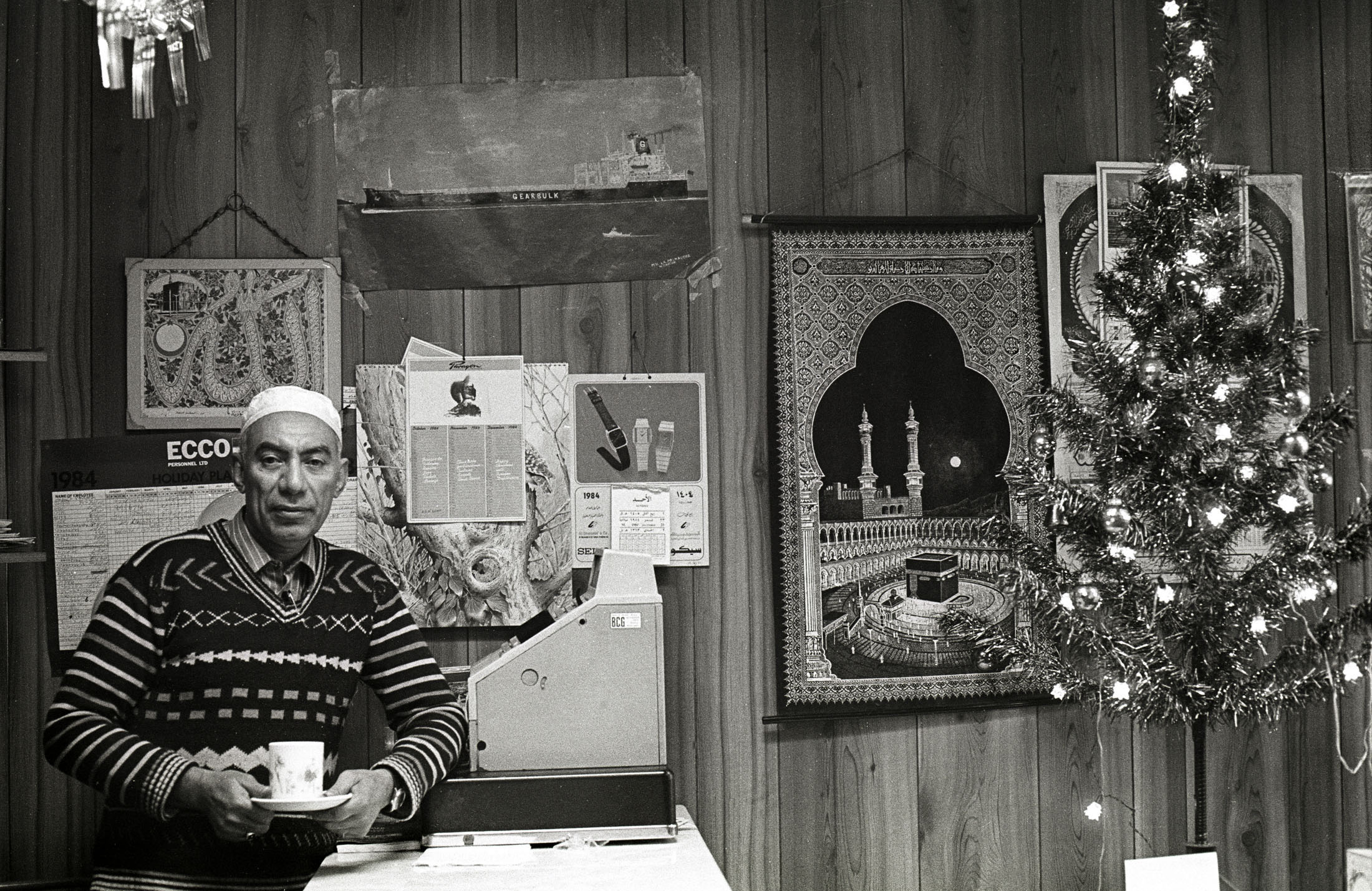
Yemeni café owner in the dockland area of Newport. He provided food and board to Yemeni sailors working on ships carrying Welsh coal to Aden. Until its independence in 1967, Aden was part of the British Empire, serving as a huge bunkering station to fuel British ships sailing to Bombay and beyond, 1982.
College taught me that good photography is very often about good access. I started taking photos in the school, the pub and the café, and I discovered that free prints acted as a backstage pass to people’s everyday lives. I was invited (or sometimes invited myself) to weddings, birthdays and BBQs. Kids along the street called me the ‘photo man’, and in some households I became just part of the furniture. Getting access to the ordinary offered the most extraordinary opportunities for me in my early attempts to make interesting photographs.
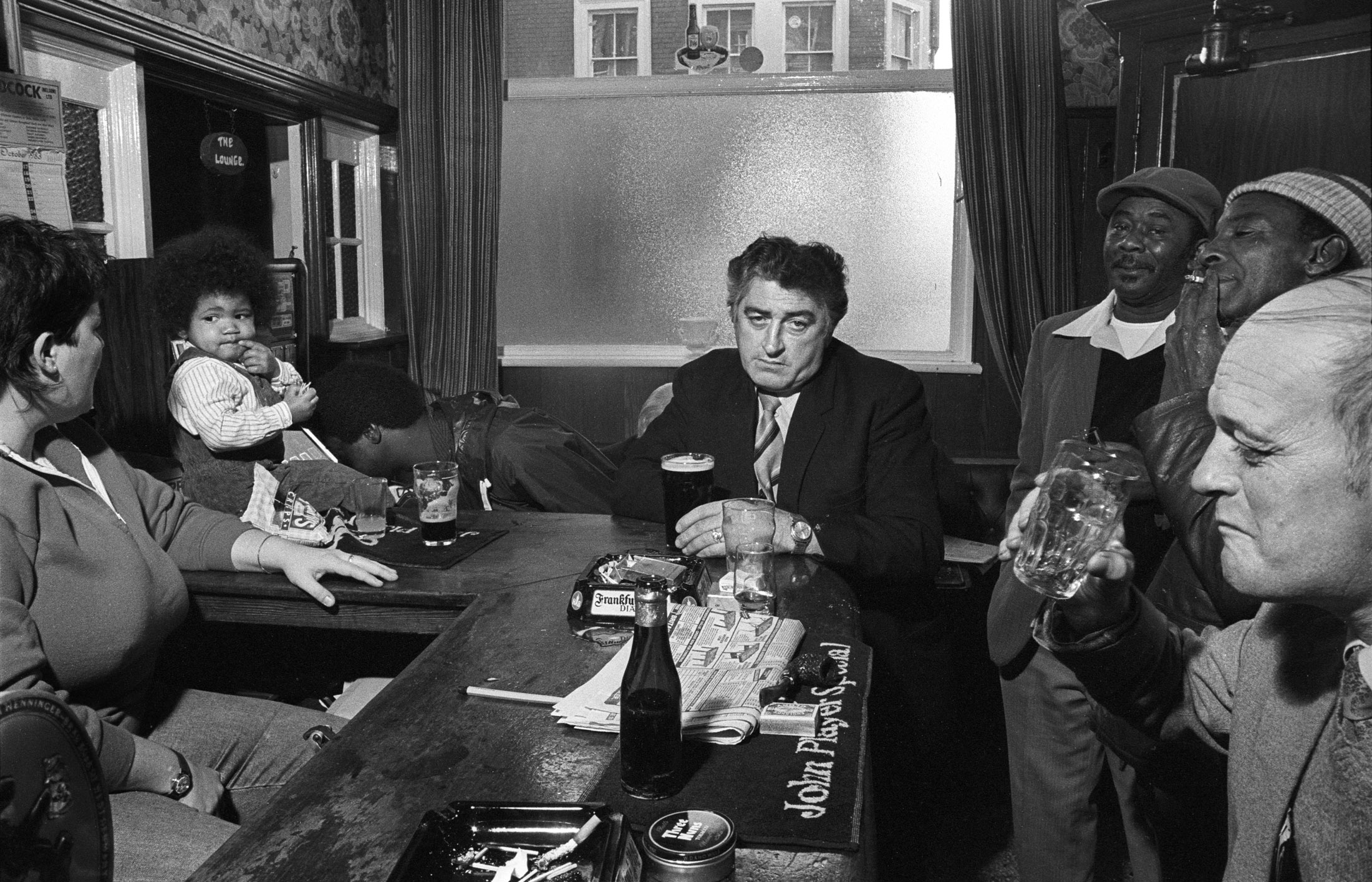
Drinkers at the Commercial Inn on Dolphin Street.
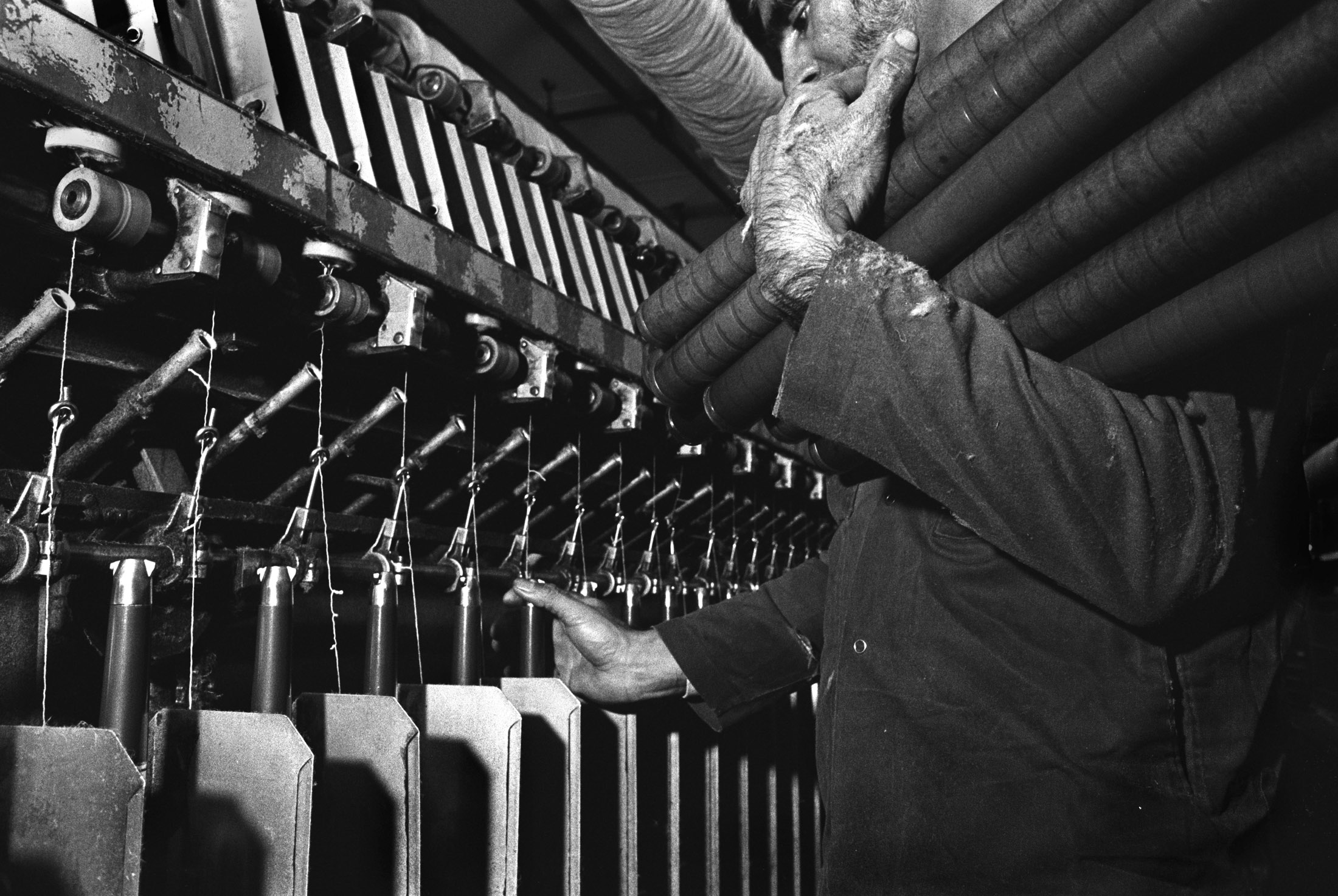
A British Pakistani man working in a Bradford spinning mill during the 1980s.
I left Newport in 1984 with a set of pictures shot on Dolphin Street that formed my first ever exhibition, held at the Commonwealth Institute in London. This portfolio also landed me a job in Bradford, working for the Bradford Heritage Recording Unit, which used photography and oral history to produce exhibitions and publications that reflected the lives of local people. Bradford was once the wool textiles capital of the world and many of the communities that had come to the city from overseas, such as those from the Asian sub-continent, were familiar to me from my days in Newport. Others – such as the Poles, the Ukrainians and the Italians – presented a new set of stories to be told.
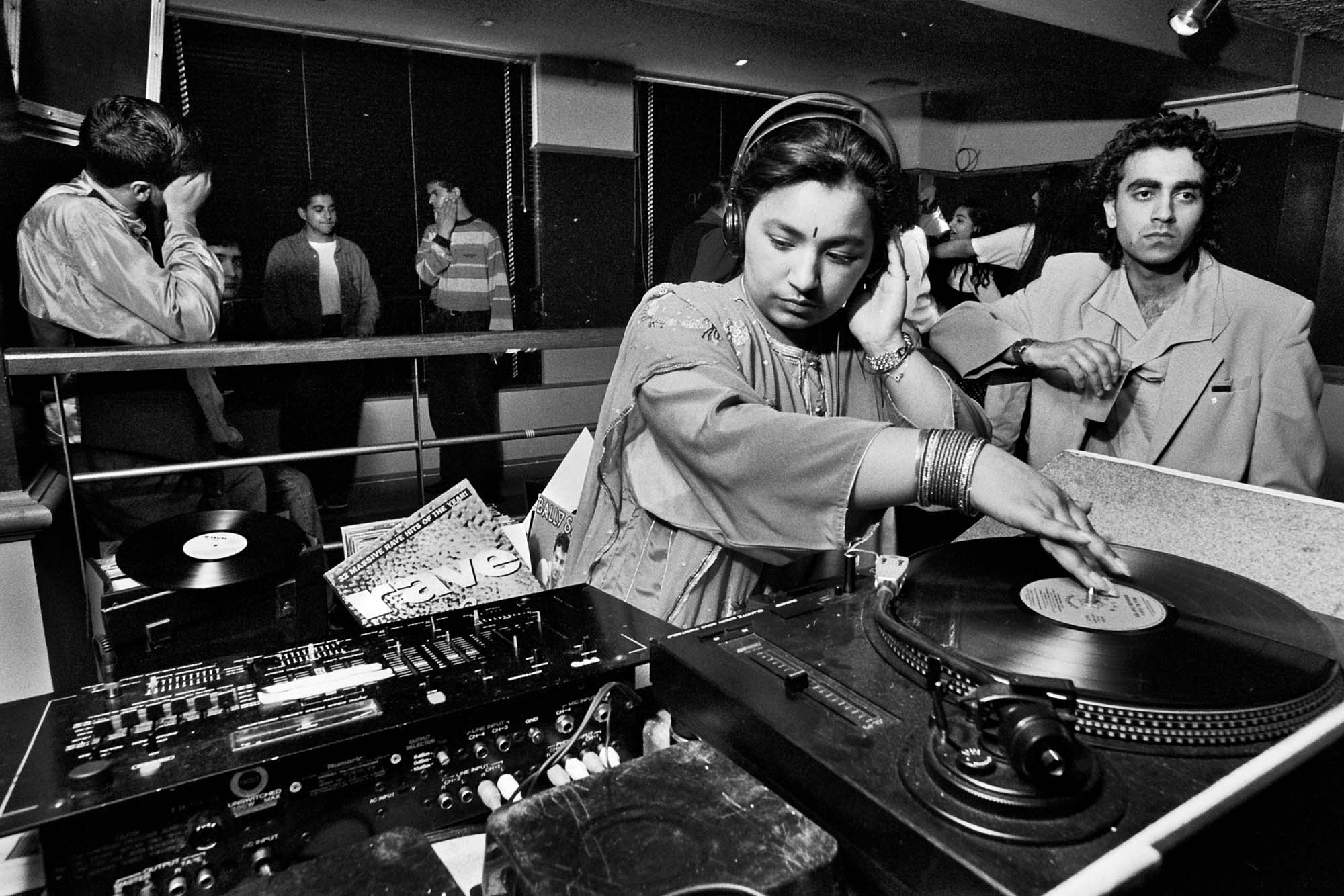
The DJ Radical Sista hosting a ‘day-timer’ in a Bradford nightclub during the heyday of these music events in the 1990s. Day-timers were held in the afternoons for Asian teenagers who may not have been allowed out during the evenings.
More than thirty years later I’m still based in Bradford, and exploring stories of migration remains a recurring theme for me. I’m fascinated by individual life stories that often depend on chance and circumstance, but are also shaped by the broad sweep of world affairs. The international networks created via trade and the British Empire, the Second World War, the Partition of British India and the break-up of the Soviet Union are a few examples of global events that have had a profound effect on Bradford’s cosmopolitan communities, and on modern-day Britain.
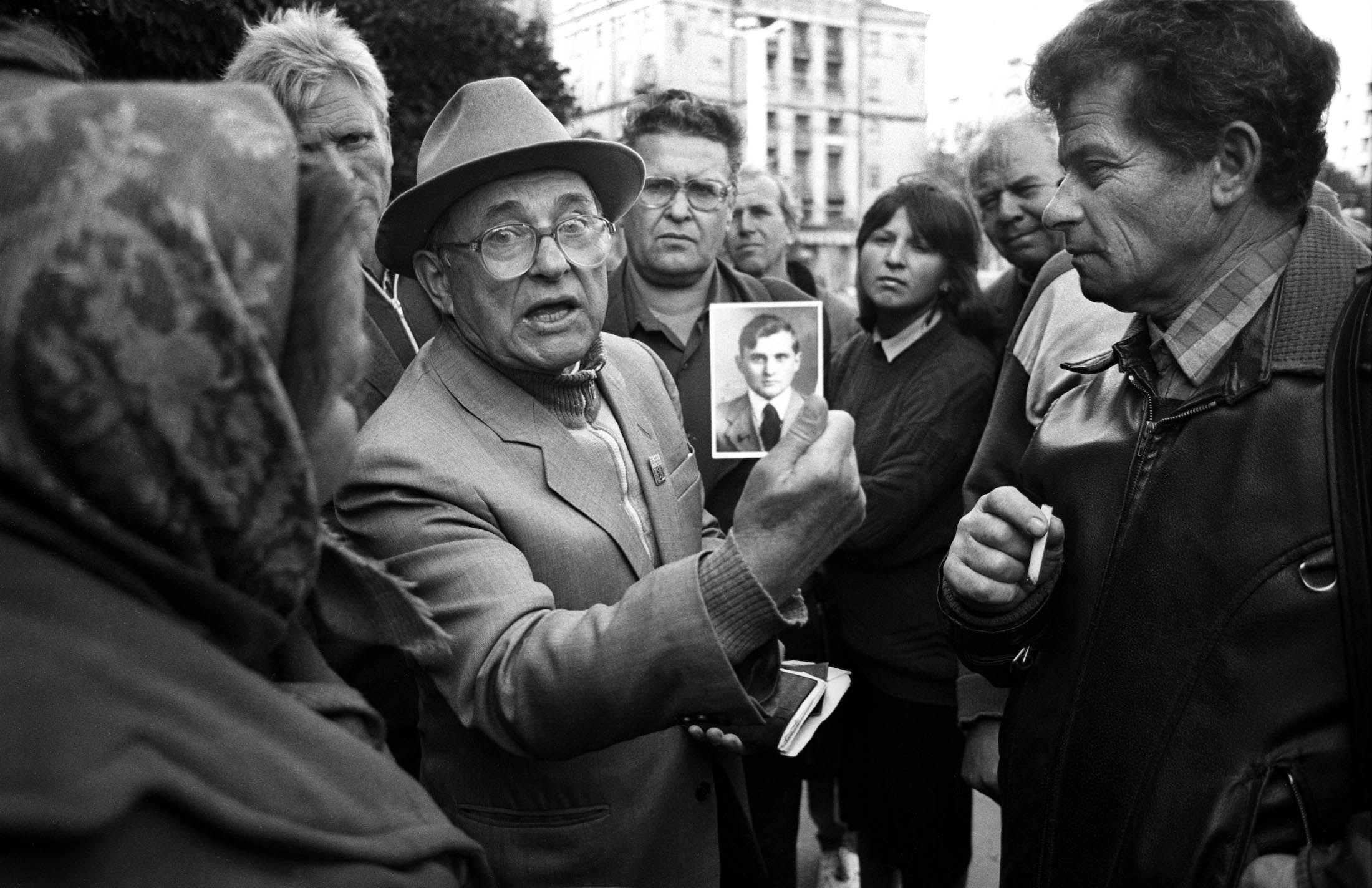
In the run-up to Ukraine’s declaration of independence in 1991 the streets of Kiev were crowded with people engaged in political debate. This man is making a point to supporters of the old Communist order by brandishing a picture of himself as a young man taken shortly before he, along with millions of other Ukrainians, had been sent to Stalin’s labour camps.
The ambition of much of my work is to weave together the historical narrative with personal stories, while exploring connections between Britain and the rest of the world. Photography, oral history and film making are great tools for this, and act as my passport. I’ve had the privilege of meeting many remarkable people who have shared their stories and those of their communities, both here and overseas. Conversations started in Britain have often been continued in eastern Europe; on islands across the Caribbean; in west Africa, east Africa; and in India, Pakistan and Yemen.
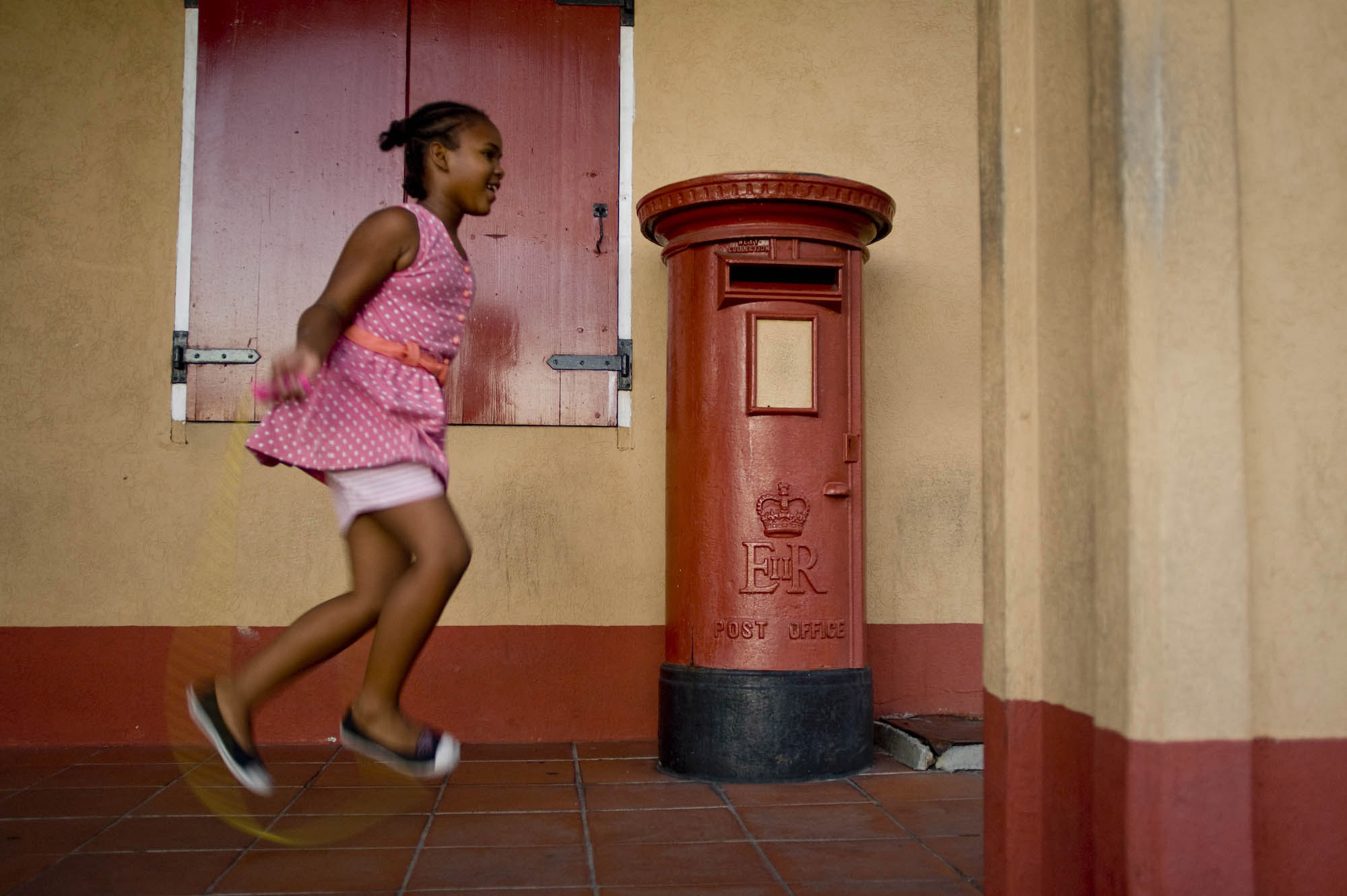
The former Post Office on the seafront at Roseau, capital of Dominica. This island is the original home of the majority of Bradford’s Caribbean community.
My most recent journey took me to Gujarat and Mumbai, an area from which around 50 per cent of the British Indian community originates. The resulting exhibition, India’s Gateway, explores the history of Gujarat and Mumbai as age-old centres of global trade and migration, and focuses on the region’s remarkable relationship with Britain.
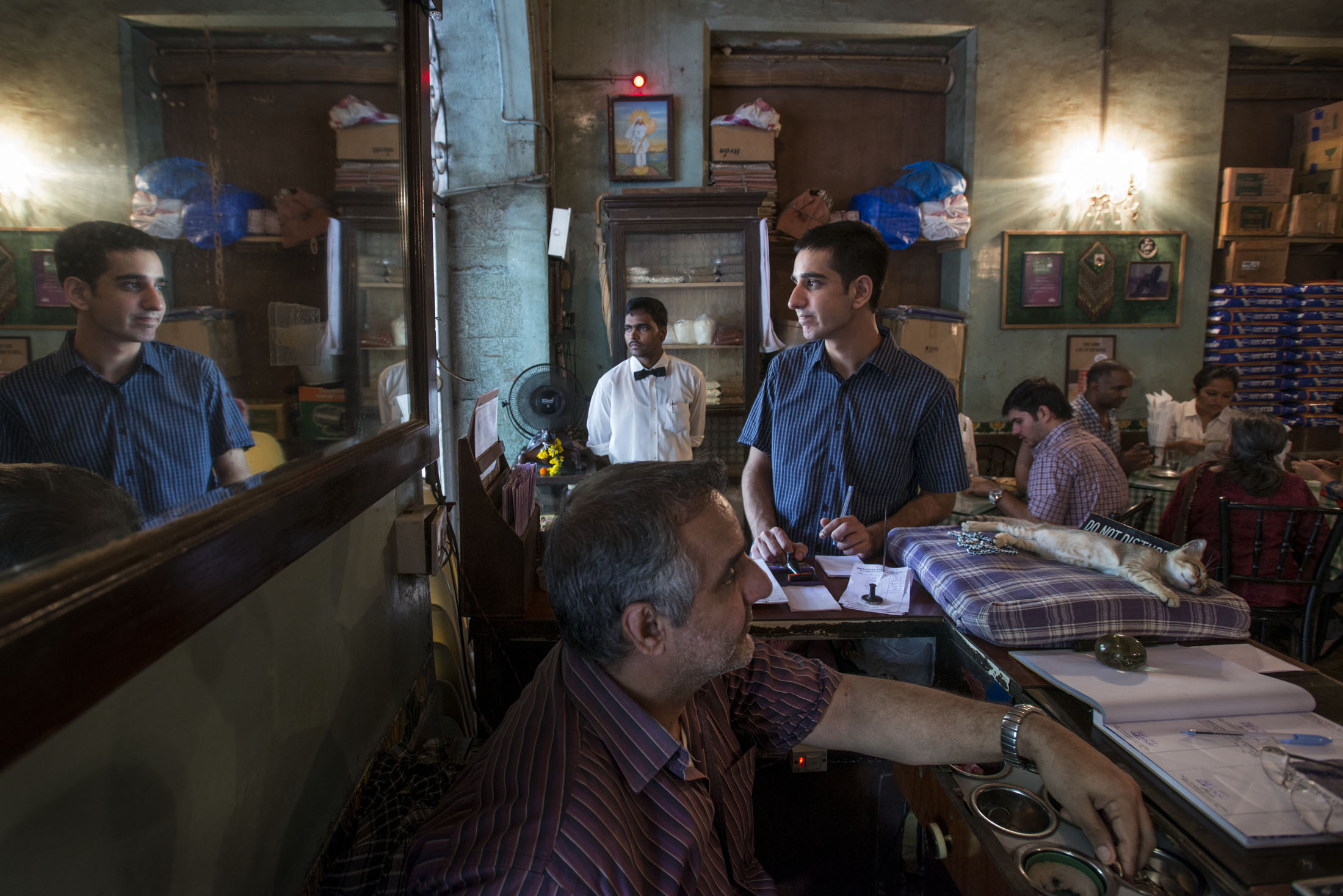
Staff at the Britannia and Co, an ‘Irani café’ in the genteel Ballard Estate business district of Mumbai. Established by Parsis – Zoroastrian immigrants from Iran – during the days of the Raj, there were once almost four hundred such cafés. Now, fewer than thirty remain.
I’ve also made several trips to Yemen to make the photographs for a book called Coal, Frankincense and Myrrh: Yemen & British Yemenis. In the course of my journeys seeking out former sailors, steel workers and shop keepers – many of whom have retired home to a string of villages just north of Aden – I had a chance roadside meeting with Fayed Ali. I’d first photographed him in the café in Newport in 1982. It was great to catch up with him over a cup of tea and talk about the town that neither of us had visited for over a decade. That conversation rekindled my curiosity about Dolphin Street. During a recent trip to Wales I went back, to discover that the Yemeni café is now a Czech-run mini-market. The migration story moves on, and much work remains to be done!
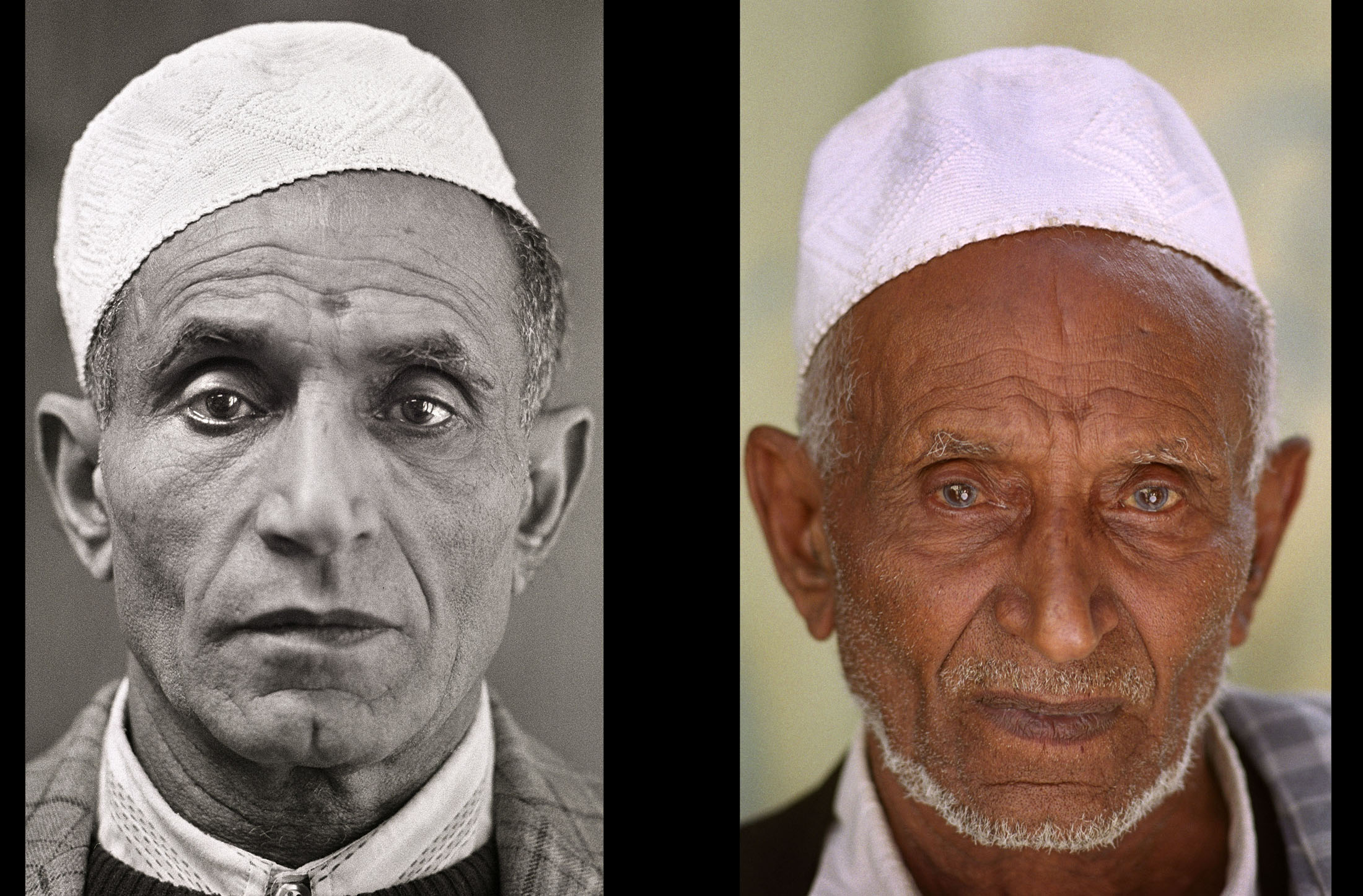
Fayed Ali, a former sailor who first arrived in Britain in 1948. He worked for British Rail for many years, manning trains on the Swansea to Newcastle line before retiring to Yemen in 1993.
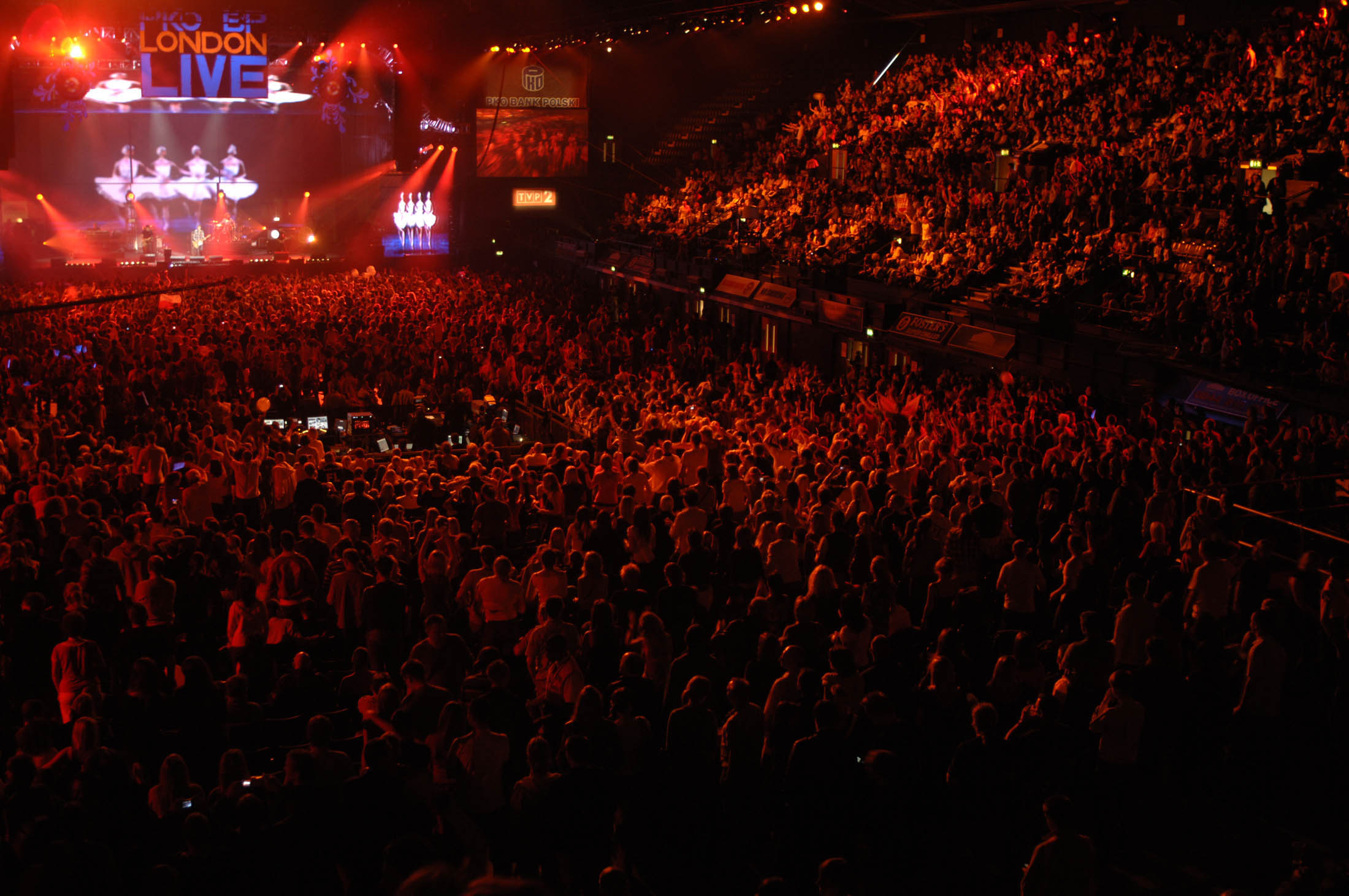
The Polish band Wilki on stage in front of 12,000 young Poles who filled Wembley Arena for London Live, billed as the largest Polish music festival ever held outside Poland. 2008.
Notes
If you are interested in seeing India’s Gateway – which tours to London, Leicester, Kirklees, Bradford and Blackburn between July 2015 and July 2017 – please e-mail Tim.
For information on Tim’s books on Yemen, Ukraine, the Grand Trunk Road and Asians in Britain see here.
http://www.timsmithphotos.com
16 April, 2015
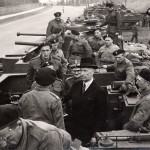
Two anniversaries to do with the Polish government in exile
If the polls are to be believed, immigration is set to be one of the key topics of this May’s election and it looks as if the Poles, as one of the largest EU-migrant communities, will figure heavily in that debate. Already, last November, Mark Reckliss, the newly elected MP for Rochester, was asked his opinion on whether a Polish plumber would be allowed to stay in this country should we leave the EU – and became tangled up in his own response. So maybe it’s timely to reflect that it is 75 years this year since the Polish government in exile moved to London from Angers following the Nazi occupation of France, and 25 years since it handed back its regalia and constitution to Lech Walesa, the newly elected president of a newly democratic Poland.
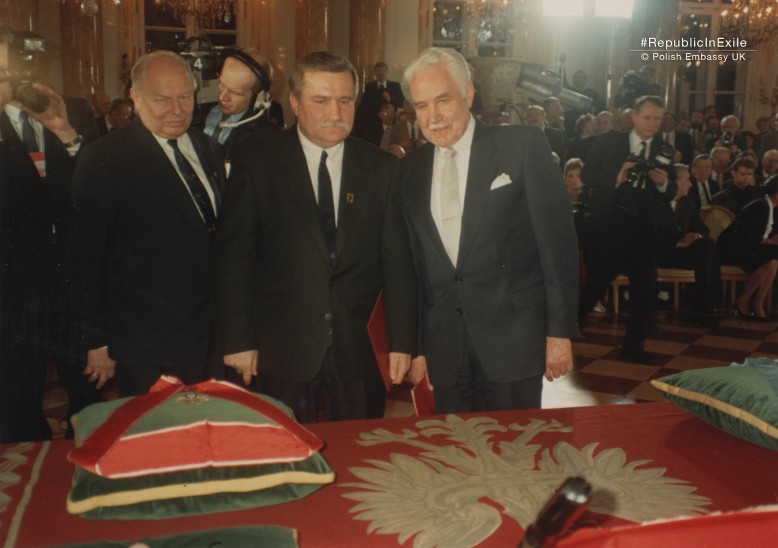
President Lech Wałęsa and President Ryszard Kaczorowski during the handover ceremony of the presidential insignia (Royal Castle, Warsaw, 1990)
The story of the government in exile is one that is little known in this country, but also one that few people in Poland were aware of in the Soviet era (for obvious reasons) and one that few of the Poles who arrived in this country after the new EU accession rules are familiar with either. Republic in Exile/Rzeczpospolita Londyńska, five videos commissioned by the Polish Embassy and recently completed by Agnieszka Chmura, does much to dispel that ignorance, interspersing photographs and film of the period with interviews with some of the people who lived through it. Last month saw the launch of these videos at a special screening at the Polish Hearth Club, which had been the significant meeting point for the Polish community in exile once the Polish Embassy itself had been occupied, after the war, by the representatives of the People’s Republic of Poland.
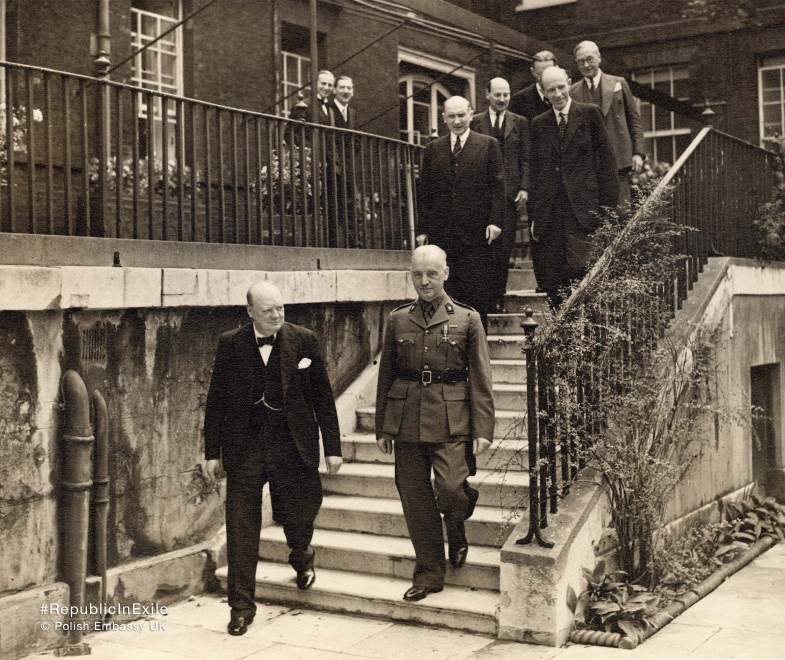
Prime Minister Władysław Sikorski and Prime Minister Winston Churchill
The Poles were an active and influential force in the allied resistance to Hitler’s Germany: 14,000 of them served in the Royal Air Force, and to dramatic effect in the Battle of Britain; their soldiers and sailors served equally creditably in the allied army and navy; they played a decisive role in the breaking of the Enigma code; and they were among the first to alert the Allies to the Nazi plan to exterminate the Jews (despite a reputation for anti-semitism that didn’t always show them in a glorious light). But the Poland that they had left no longer existed – at the beginning of the war carved into two by Germany on the one side and the USSR on the other, and then at the end by the further political redrawing of boundaries; and the country that has re-appeared since the dismemberment of the Warsaw Pact in 1989 is different again from the one that they, or their parents, left in the 1940s. One of the many tragic aspects of this story is the determination with which Polish exiles kept alive the ideal of a Poland that bore increasingly scant resemblance to the reality of the country.
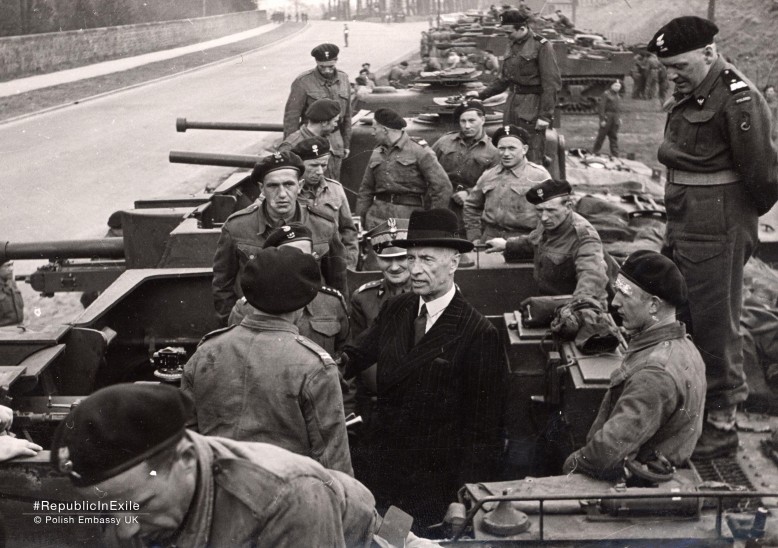
President Władysław Raczkiewicz, the first president of the Polish government in exile, with the soldiers of the Polish Ist Armoured Division
With the end of the war, the Polish government in exile became something of an embarrassment, ‘Realpolitik’ making it more important for the British government to appease one ally, the Soviet Union, than to reward the other. With good reason to feel betrayed by the Allies they had so bravely supported, the vast majority of the Poles in this country (120,000 out of 160,000) nevertheless opted to remain here and accept naturalisation. And their government, though facing what looked to be a permanent exile, continued to meet every fortnight as a president and cabinet of eight members, and still commanded the respect of the large population of Polish war veterans and their descendants – nine people holding down a range of ordinary jobs in the daytime (in most cases without their workmates being aware of their other lives) and reconvening in the evenings as heads of state in waiting and ministers with the various offices of government.
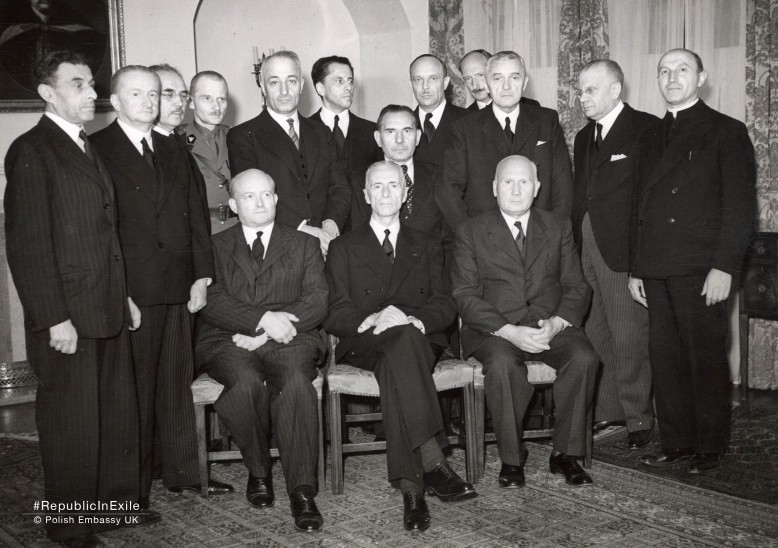
President Władysław Raczkiewicz with Stanisław Mikołajczyk’s government (London, 1943)
The British government, meanwhile, no longer officially recognised the government in exile but routinely sought its opinion and advice unofficially. And, in a similar way, the government in exile had no official involvement in any movement or organisation in Warsaw-Pact Poland, but unofficially provided support and materials, especially when the independent trade union Solidarity rose to prominence in 1980.
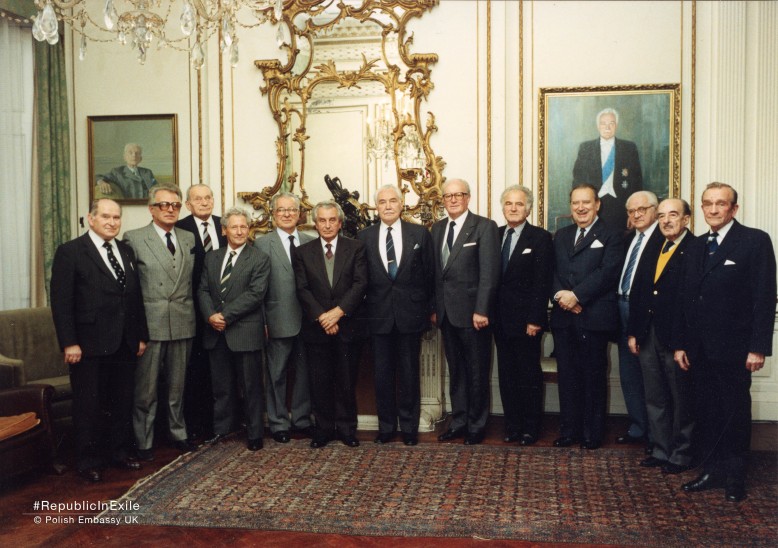
President Ryszard Kaczorowski with the last government in exile (London, 1990)
Meanwhile, around the Polish community there grew up a service community to support it – Polish shops, delicatessens, pubs, restaurants, schools, churches, even a university – providing the cultural connection to the home country. At last month’s event, Andrzej Zakrzewski, adviser to the prime minister on youth in the mid-1970s, expressed his gratitude to the government in exile, and to the whole community that had supported it, for keeping the spirit of Poland alive. ‘For me,’ he said, ‘this has been their most important achievement. It is the reason why, despite having lived in this country all my life and probably sounding more English than Polish, I have remained in contact with that sense of my culture and am proud to think of myself as a Polish patriot.’
That sense of pride and the deep attachment to a no longer recognisable country leave many of the more recent arrivals from Poland bemused. Free, under the EU accession rules, to work here for as long as they feel inclined and to return to their country of birth when they so choose, they tend not to have the same fierce allegiance to Poland that their older compatriots do, nor the same sense of gratitude to Britain for taking them in. It makes for an interesting culture clash each time the two generations find themselves at the same event, and it is one that Agnieszka Chmura, among others, wants to address:
‘I had no idea, before coming here, that there was this generation of Polish migrants in this country. The two generations know so little about each other, and I’m hoping that this project will go some way to help them understand each other a bit more.’
With thanks to Konrad Jagodzinski, public relations specialist at the Embassy of the Republic of Poland, for sourcing the photos in this piece, and giving us permission to use them.
30 March, 2015
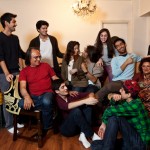
The world in a city
“We are 35 in and have about 165 to go – I am committed to this project long term … but I think Nauru might prove a challenge!” exclaims Chris Steele-Perkins, explaining his project ‘The New Londoners’ to us from his base at Magnum Photos in Old Street, London.
Chris is a world-famous photographer who has works in the collections of the Tate, the Victoria and Albert Museum, and the National Portrait Gallery. He has decided to take portrait photographs of immigrant families (in the very different forms that families take) from every country in the world now residing in the greater London area – hence the “165 to go”. These portraits, at once both intimate and intriguing, are all made in these families’ homes, to give consistency and insight into their lives: a kind of ‘sitting room ethnography’ – anthropology of the 21st century in a city increasingly characterised by super-diversity.
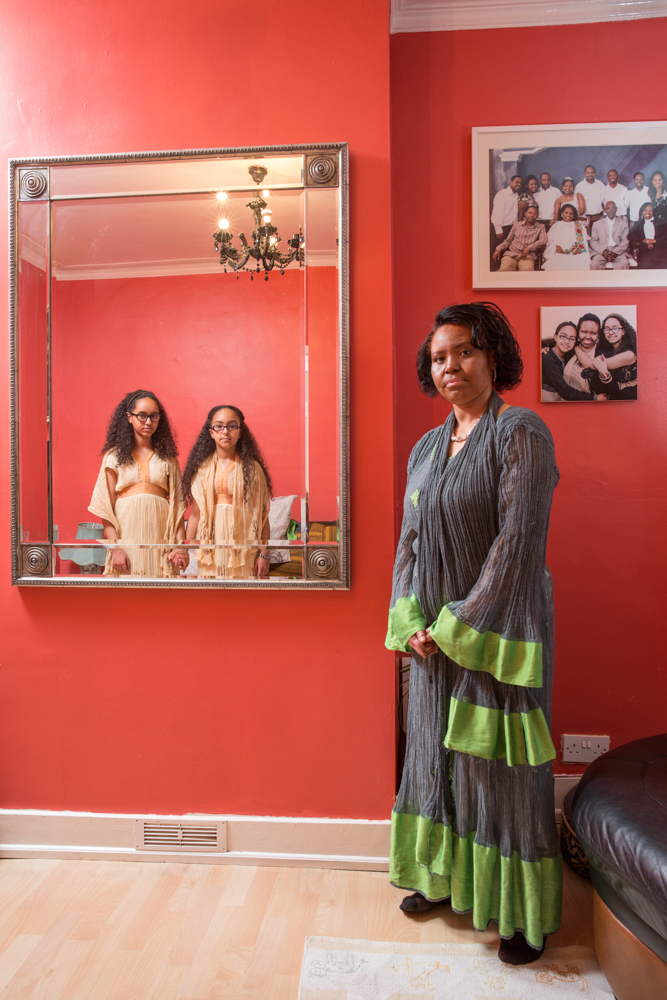
Ethiopian mother Gelaye Unwin, with her daughters Hannah (12) and Menron (11)
“This project started off with a focus on families originally from conflict zones settling in London, but as is often the way it has evolved thematically – I wanted it to encompass the phenomenon of migration more broadly.” A phenomenon Chris describes in the project blurb as a ‘seismic shift’ in our national landscape.
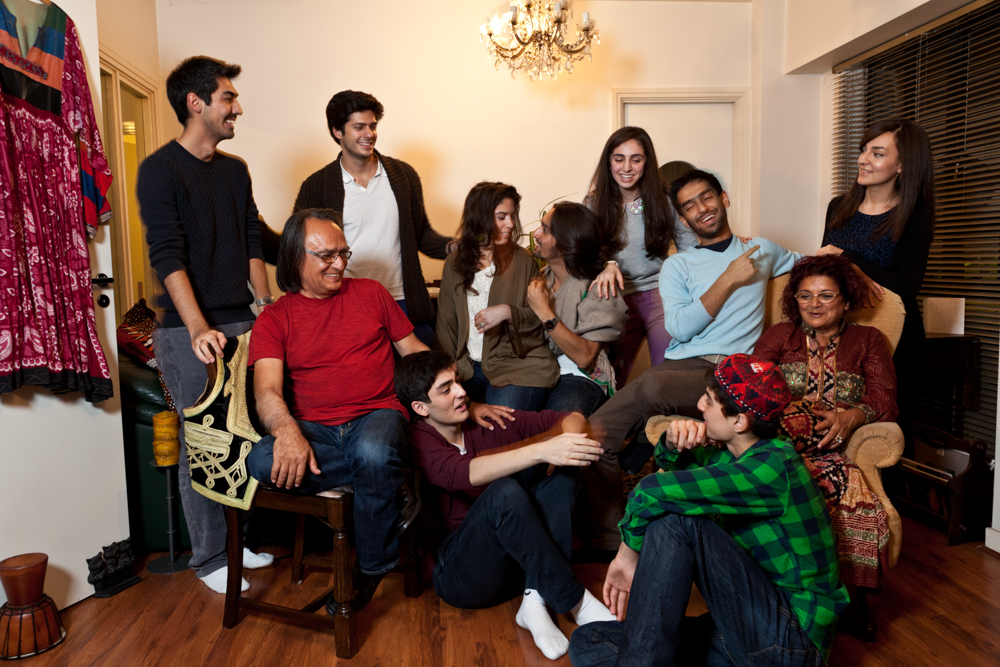
Yousofi family, from Afghanistan, now living in Camden
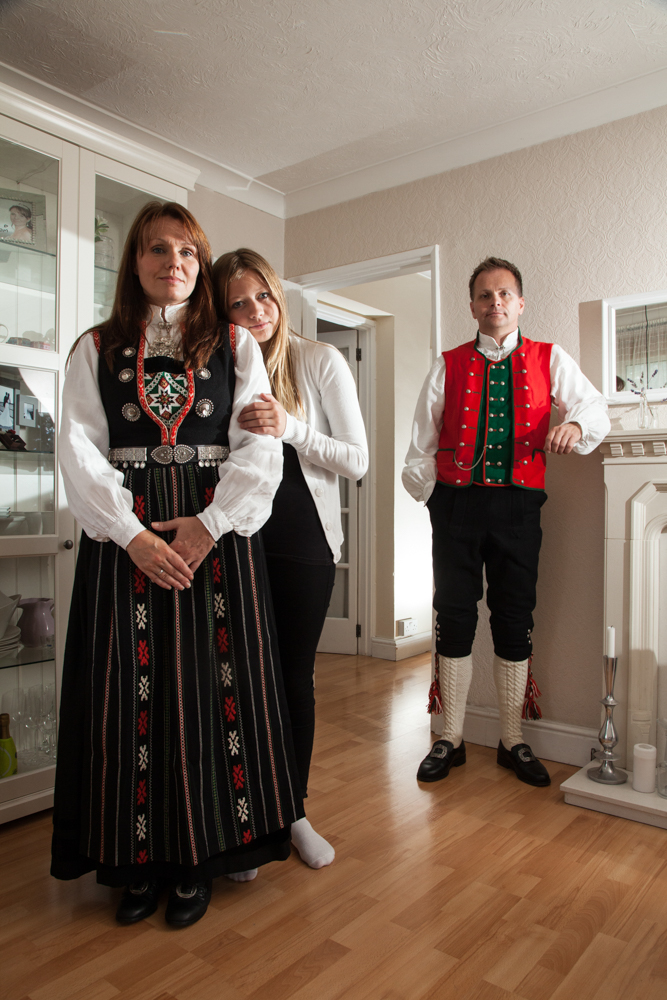
The Hellem family from Norway: mother (Monica), father (Aage) and daughter (Thea). Aage: ‘I think I see myself as Norwegian, but also more of a Londoner than an Englishman.’ Monica: ‘I think I am at a stage where I am annoyed by tourists – can I now define myself as a Londoner?!’
Chris is interested in the shift in mentality that accompanies urbanisation in an age of globalisation: “People start to see their identity more closely aligned with the city that they live in rather than the country within which that city is located.” Indeed, the interviews that are the backdrop for the growing group of portraits show a dialogue between photographer and subjects in which changing ideas of national identity, opinions about London, persistence of links back ‘home’ and future migratory plans are the unifying focus.
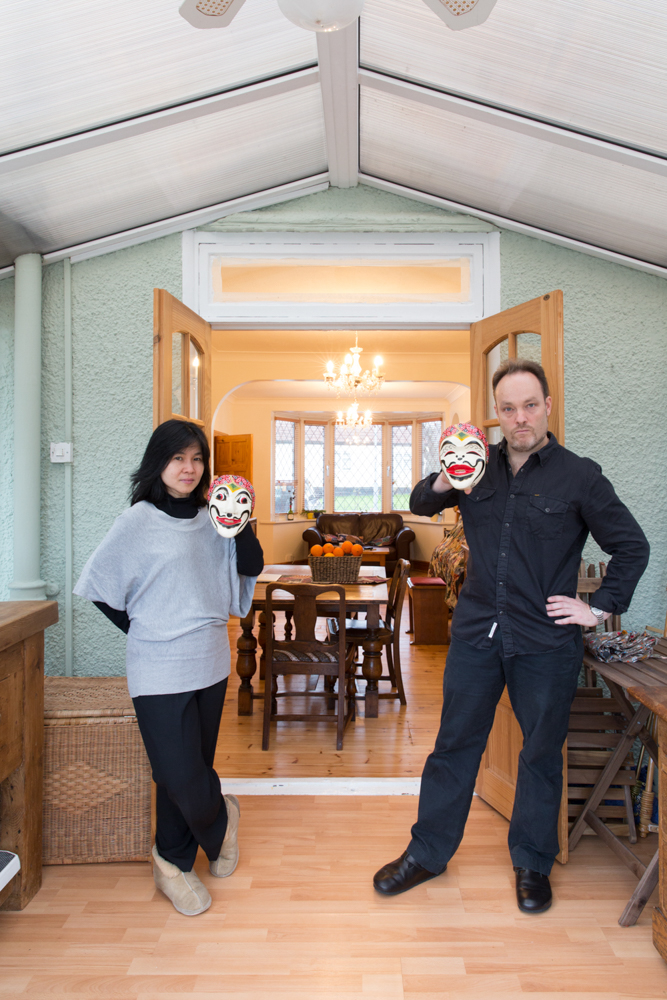
Marching: wife, Indonesia Angus: husband, Australia Marching: ‘We were married in Australia. They tried to kick me out as I had cancer … ’ Angus: ‘That is part of the reason I love living here – I think this country has a much more humane and enlightened immigration policy than Australia does. The NHS is another thing that I am grateful to this country for.’ Marching is now in the clear.
The project has grown through word of mouth and adverts in foreign-language publications here in London. The warmth emanating from many of the quirky portraits – some natural and some more stylised – is testament to the strength of bonds between family members and trust in the skilled photographer these subjects have allowed into their homes and their lives.
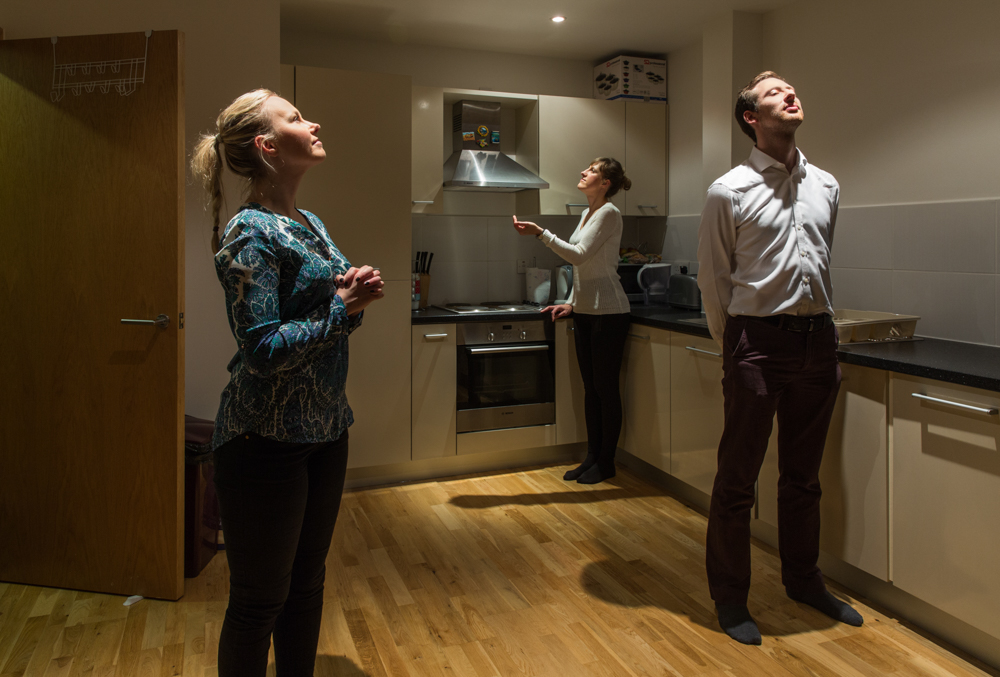
Marlena and sister Wioleta Wojttasik from Poland, with Marlena’s boyfriend, Chris Rossiter, in the girls’ flat. Marlena: ‘We have friends from different countries here: Bulgaria, from England, even from Jordan – many different nationalities.’ Wioleta: ‘I still think of myself as Polish because I can’t forget my background and family over there. In the future if I have my own child I will speak to them in Polish, even if I have an English husband … I would like to share my culture with my child.’
The grand plan is for this project to be curated as a record to the shifting cultural landscape of London at the start of the 21st century. Chris is in discussions with the British Library about the possibility of its ultimately archiving the fruits of his creative enterprise.
In the meantime, the mission to photograph people representing all 200 United Nations recognised nations (and a few extra besides) continues!
If you would like to participate in this project for free, and get a signed copy of your family to boot, or if you know someone else who might be an interesting fit, please get in touch with Chris and his team – he would love to hear from you!
More details:
http://chrissteeleperkins.com/portfolio/portraits/new-british/
Contact: chrissteeleperkins@hotmail.com
New book:
A Place in the Country: A year in the life of Holkham Estate in Norfolk, published by Dewi Lewis
Recent books:
Fading Light: A portrait of British centenarians, published by McNidder and Grace
England, My England, published by McNidder and Grace
Northern Exposures, published by McNidder and Grace
Tokyo Love Hello, published by Editions Intervalles
Available from selected bookshops and Amazon
site: http://chrissteeleperkins.com/ instagram: #steeleperkins



















